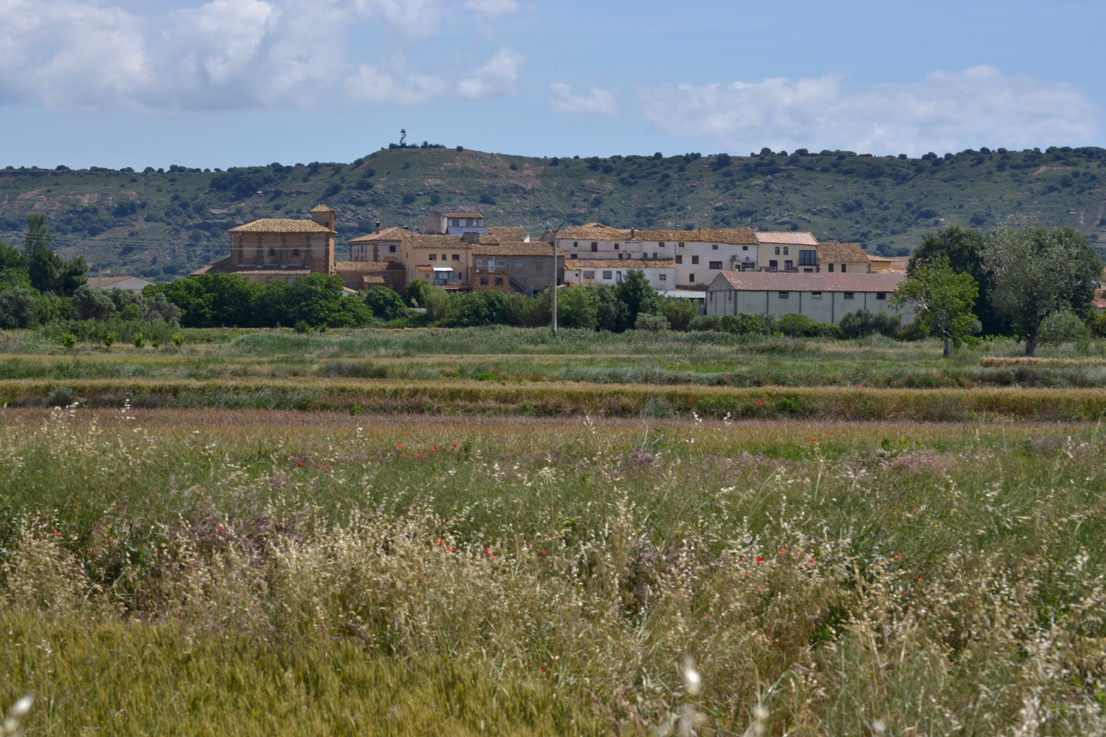
A mere six kilometers from the capital of Alto Aragón, Bellestar del Flumen is a small village largely based on agriculture and livestock.
The Parish Church of San Esteban stands in the center of this quaint village: the building features the characteristics of churches built in several phases and successively reformed.
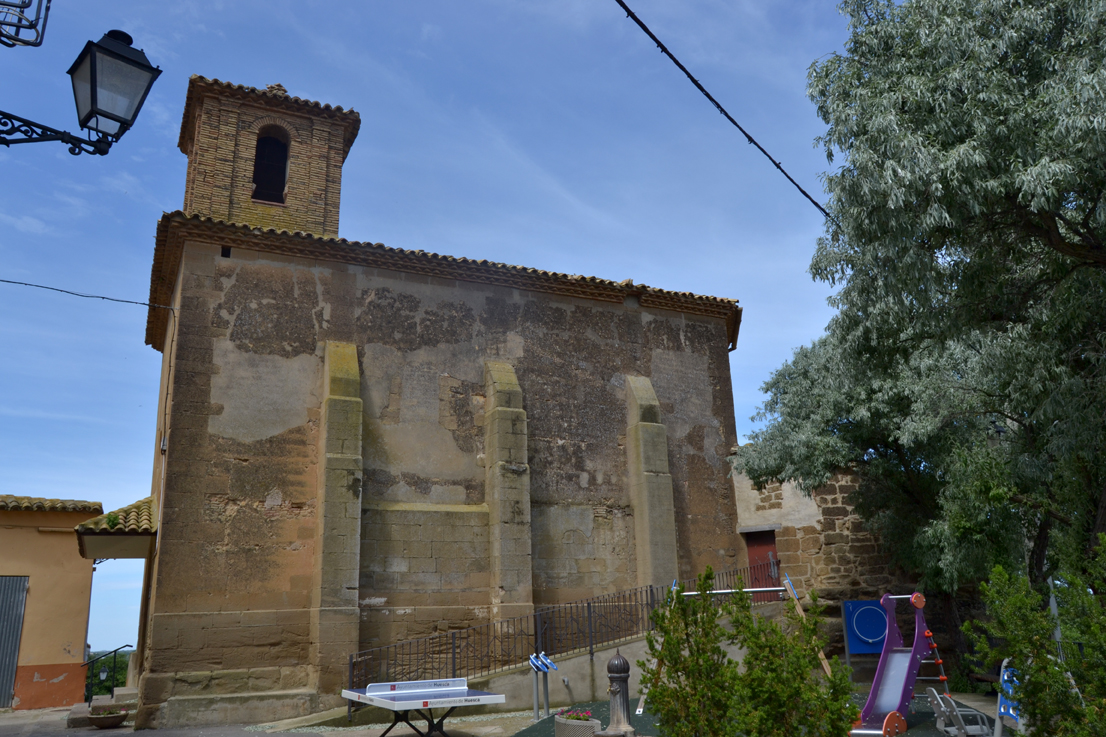
The village celebrates its annual festival on December 26th in honor of St. Stephen, patron saint of the church and village.
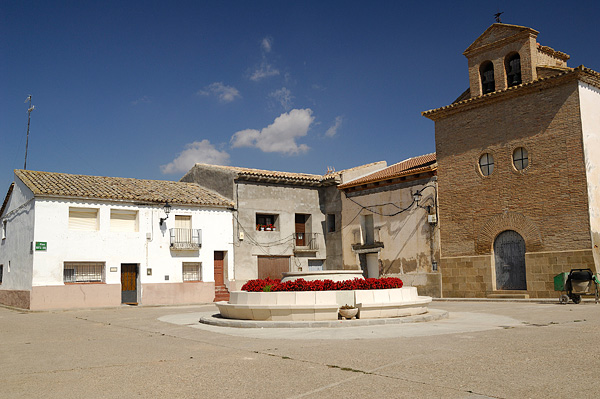
Buñales is a hamlet a few kilometers outside Huesca, making it a small rural neighborhood in the capital city.
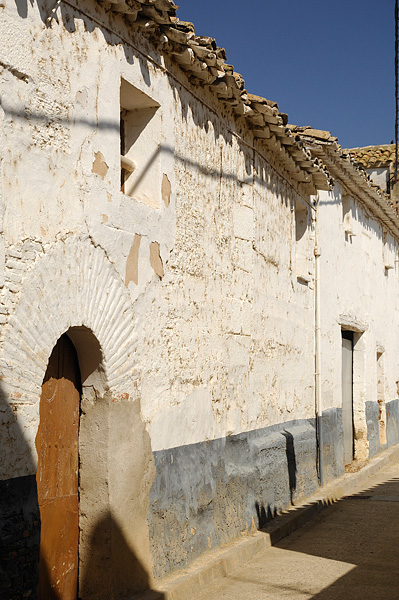
The 20th-century church sits at the center of the hamlet’s irregular street layout.
The main annual festivals are celebrated in honor of St. James and St. Ana on July 25th and 26th, while a winter festival is held in honor of St. Fabian on January 20th.
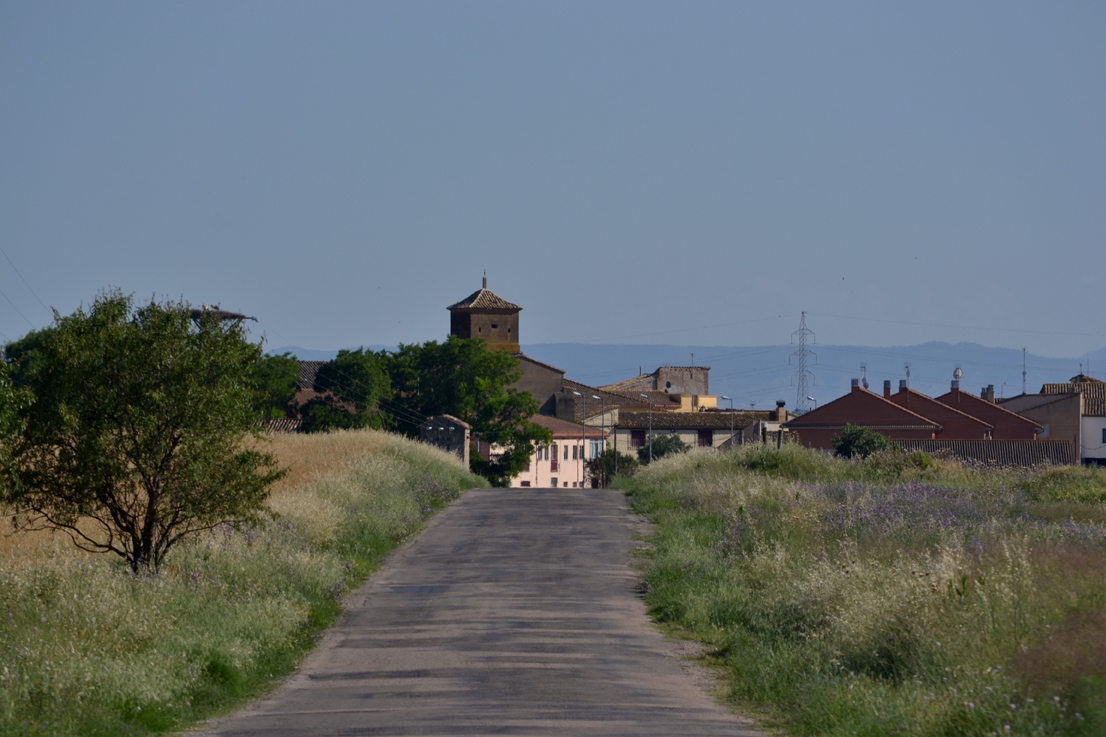
Cuarte can trace the origins of its name back to Roman times and the Latin quartium, the word from which this popular Aragonese place name derives. It is a reference to the Roman mille passum that marked the distances between villages.
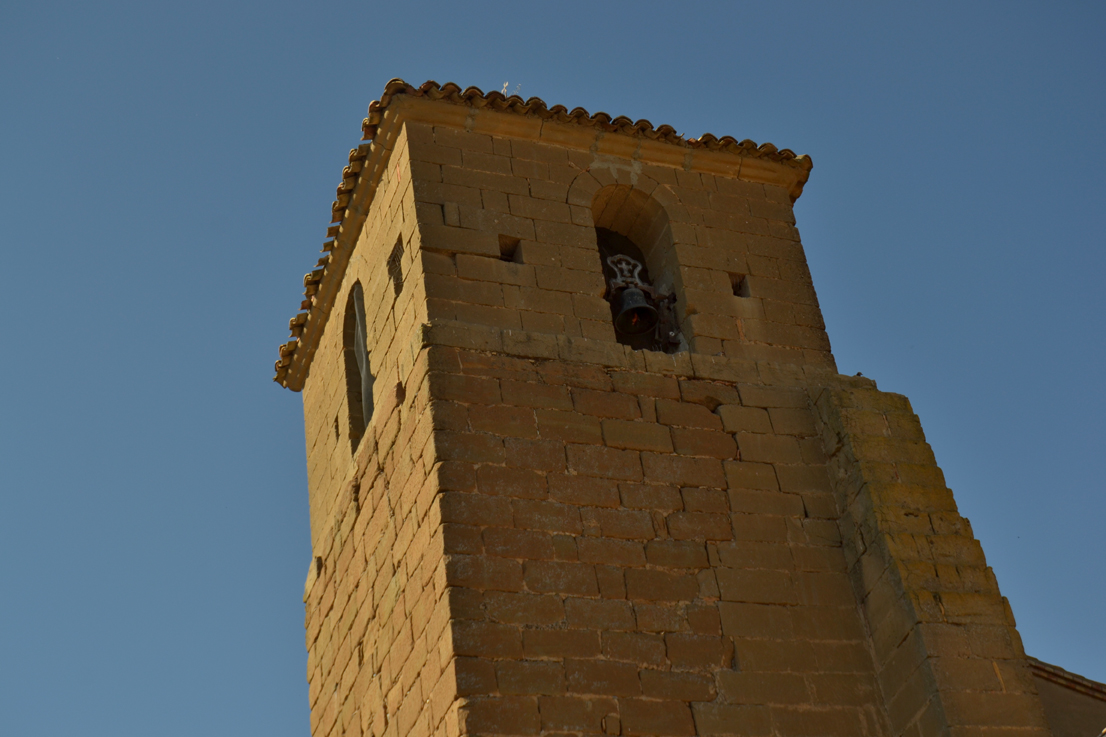
Cuarte is home to a number of interesting buildings, including the Baroque-style Parish Church of La Natividad and the 1777 coat of arms of the Benedet family.
Nearby, the chapel and Alberca de Loreto are a can’t-miss cultural and natural landmark in Hoya de Huesca.
The village is also home to the Walqa Technology Park, as well as the Higher Polytechnic School of Huesca, and Espacio 0.42 (Planetarium and Astronomical Center of Aragón).
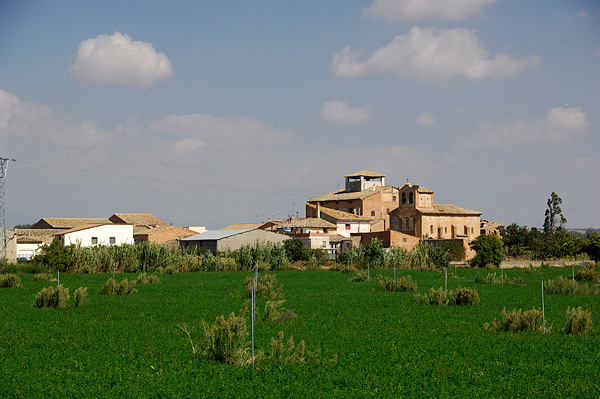
Located a mere 10 kilometers from the capital, Huesca, Tabernas de Isuela is a small village largely based on agricultura.
The irregular layout is centered around the Parish Church of San Martín de Tours, an originally Romanesque building of which hardly any traces are left.
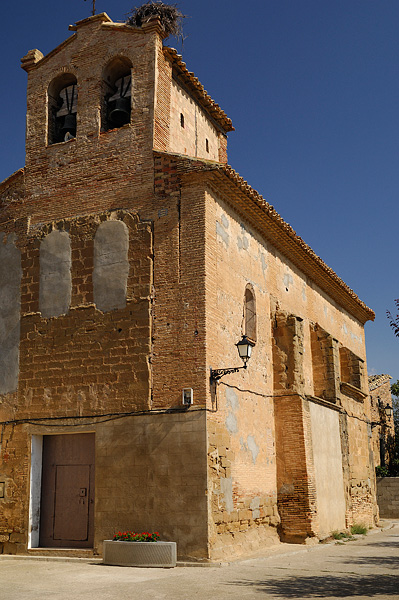
The Church of Santa Quiteria is nearby.
The village celebrates its annual festival on November 11th in honor of St. Martin of Tours, and on May 22nd in honor of St. Quiteria.